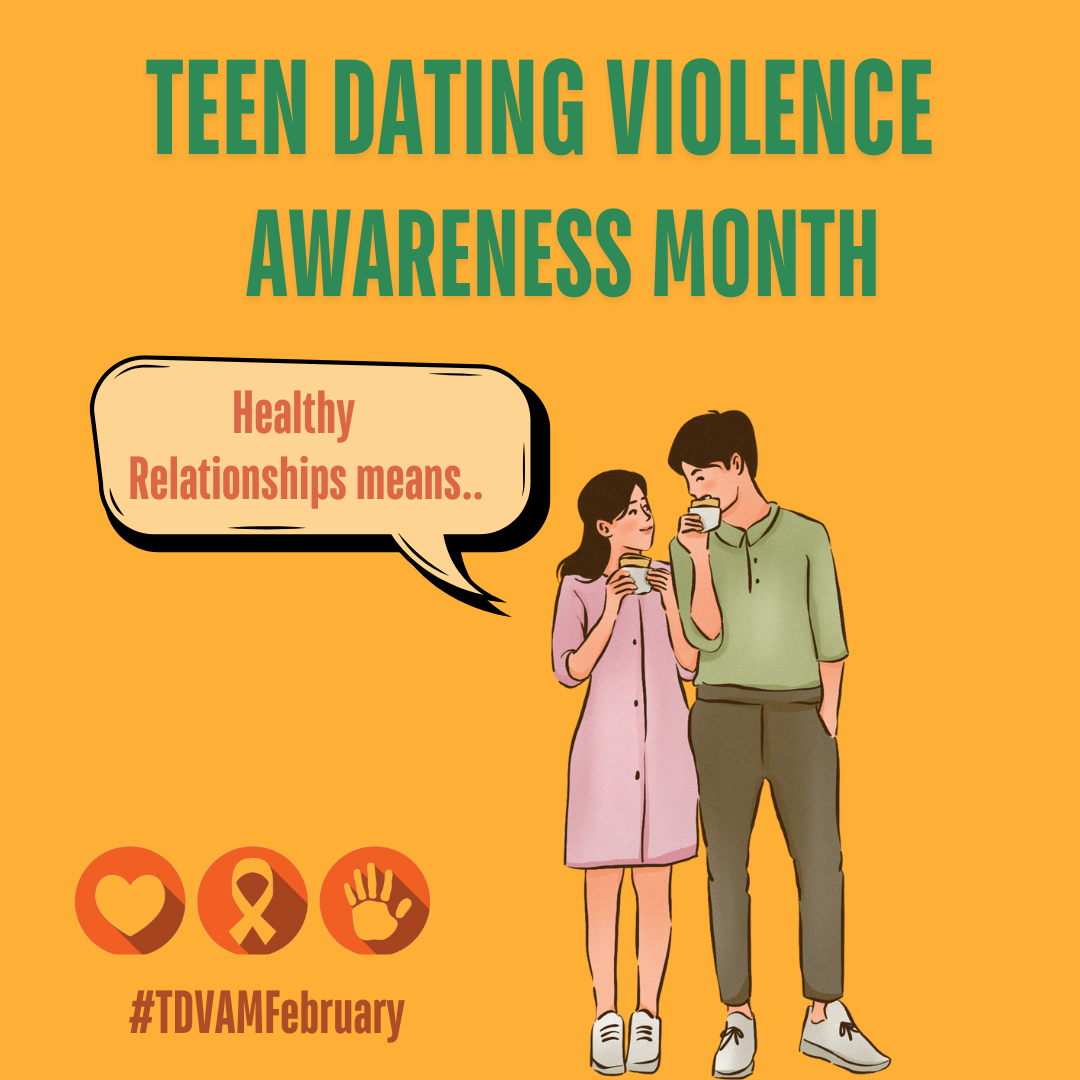Hot or not, peppers add crunch, color and a shot of nutrients to any dish
Most valuable players
No matter what variety, peppers have a well-rounded set of benefits. On average, they have one-and-a-half times your recommended daily dose of vitamin C. Nutrition physician, Kaylan Baban, said, “peppers are an excellent source of brain-boosting B6, stress-reducing magnesium, bone strengthening vitamin K. “ Plus, cholesterol-reducing vitamin E.
Hue knew?
The ripest peppers have the most potent antioxidants and nutrients.
Baban said, “you can tell ripeness by color, from most to least: red, orange, yellow and green. “
Fired up
Capsaicin is what makes chile peppers spicy. Research show that capsaicin can be powerful anti-flammatory which helps to soothe sore muscles. A study conducted by the Mount Sinai Hospital in New York in 2014 showed a link to a slight bump in metabolism and the anti-flammatory.
“There’s a reason we love it—capsaicin causes your body to release feel-good endorphins,” said Baban.
Red alert
Some peppers may be a little too hot for your taste. Who’s to say you can’t still enjoy the taste and the nutrients minus the heat? Keep a glass of milk nearby when you’re handling hot peppers. A splash can also soothe irritated skin.
Zesty, pepper prep in variety of dishes
High heat zaps the nutrients in this veggie, no matter the color. Preserve the potency by trying them in various ways. For raw veggie lovers, toss slices of pepper into salads and pasta dishes. Sauteed vegetables require brief heat exposure, and the oil will help the body absorb more of the fat-soluble vitamin E. For a stuffed pepper, halve the pepper and fill with a mixture of protein-packed cooked with another favorite veggie. Add sunflower seeds or other nuts for extra crunch.
For a s=zesty-seasonal taste, slice and dice a pepper or two for addition flavor and nutrients into fall break dishes for you and your family or friends.





